
Article Summary: Lake Clark National Park Facts
Lake Clark National Park Facts! In this article, we provide you with 10 surprising facts about one of America’s most magnificent national parks.
More Than Just Parks is your one-stop-shop when it comes to learning everything you’ll need to know about America’s national parks. We’ve got expert guides, beautiful photos, helpful tips, breathtaking films and so much more.
I’ve been to so many of these amazing places since retiring from teaching in 2018. Did I mention that I taught history? I spent a lifetime teaching about the history behind some of these natural wonders. Then I got to see them firsthand.
And now I’m sharing some of the incredible stories about these beautiful places with you. It doesn’t get any better than that!
More Than Just Parks takes a deeper dive with its national park facts. We’ve done our homework so that you’ll get more than you bargained for.
Without further ado, let’s dive in.
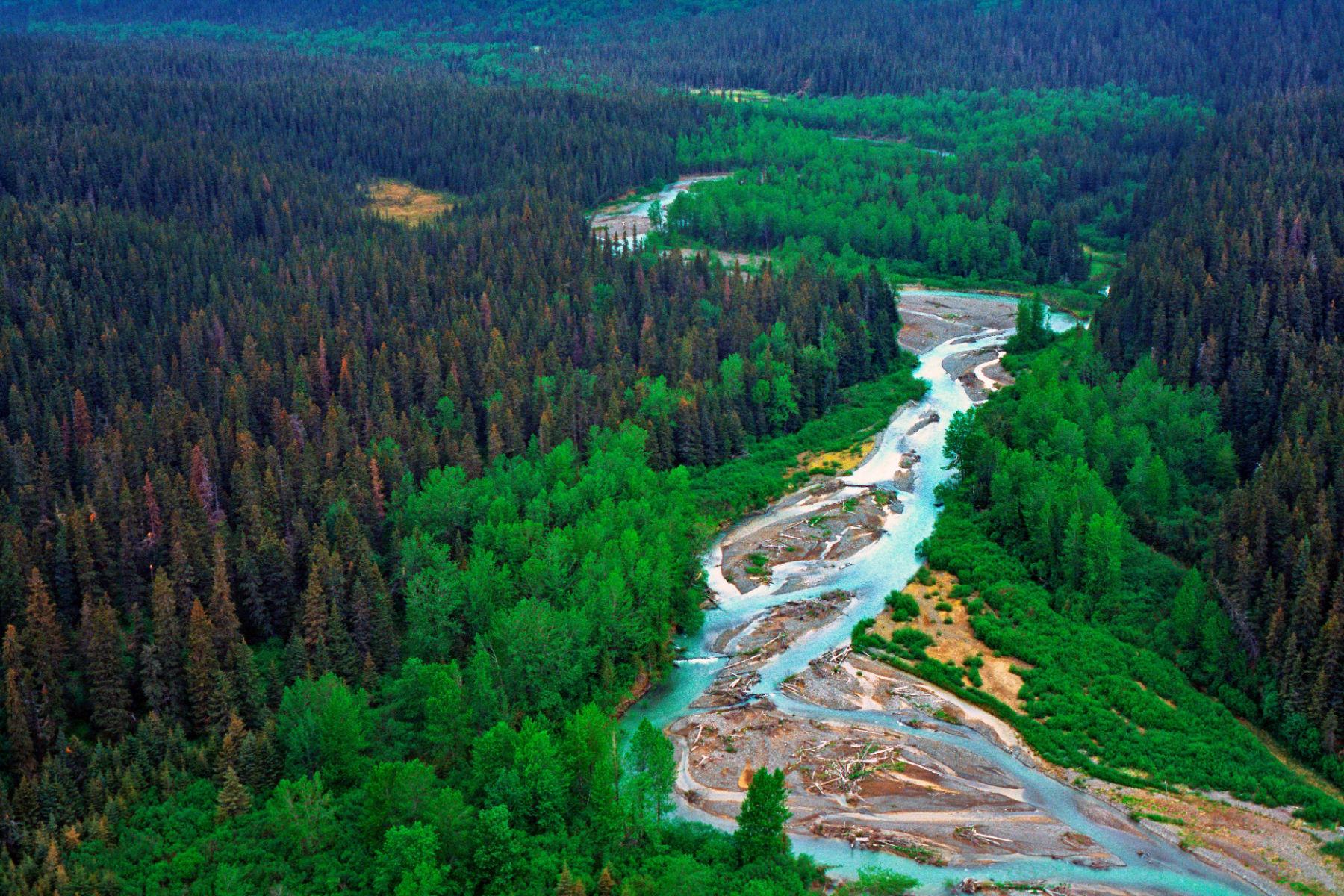
Table Of Contents: Lake Clark National Park Facts
Lake Clark National Park Facts
- Facts About Lake Clark National Park & Preserve
- Lake Clark National Park Facts
- Top 5 Lake Clark National Park Facts
- 1. The Earliest Peoples Were The Athabascan
- 2. A Smithsonian Biologist Was The First Euro-American To See Lake Clark
- 3. A Pioneering Female Archaeologist Advanced Our Understanding Of The Lake Clark Region
- 4. The Highest Point In The Park Is An Active Volcano
- 5. Lake Clark Was The Setting For One Man’s Alaska
- Top 10 Lake Clark National Park Facts
- 6. There’s A Diverse Array Of Wildlife At Lake Clark National Park
- 7. 180 Species Of Migratory Birds Have Been Observed At Lake Clark
- 8. The Park Was Created By Jimmy Carter As Part Of The Largest Single Act Of Conservation In U.S. History
- 9. Port Allsworth Is A Great Place To Experience The Wilderness
- 10. The First Floatplane Landed In Lake Clark In 1930
- Why Trust Us About Lake Clark National Park?
- Meet The Parks Brothers
- Map Of Lake Clark National Park & Preserve
- We Hope You’ll Follow Our Journey
- Top 5 Lake Clark National Park Facts
Facts About Lake Clark National Park & Preserve
Some Basic Facts About Lake Clark National Park
Lake Clark National Park is a beautiful and wild park located in Alaska. It covers over 4 million acres of land and is home to a wide variety of plant and animal life, as well as several unique geological features.
The park is named after Lake Clark, a large and beautiful lake that is located within the park’s boundaries. The park is also home to several other unique geological features, including mountains, glaciers, and hot springs.
The park’s landscape is diverse, with forests of spruce and pine trees, alpine meadows, and crystal clear streams and lakes. The park is also home to a wide variety of plant and animal life, including grizzly bears, wolves, and over 250 species of birds.
There are many ways to explore and enjoy Lake Clark National Park. Visitors can go hiking or backpacking on the park’s trails, go fishing or boating in the park’s streams and lakes, or even go bear watching or birdwatching in the park’s beautiful landscapes.
There are also several campgrounds and lodges located within the park, providing comfortable accommodations for visitors.
Lake Clark National Park is a wild and wonderful place, offering visitors the opportunity to experience the beauty and majesty of the natural world in a truly special setting.
It’s a great destination for outdoor enthusiasts, with plenty of opportunities for hiking, fishing, and other outdoor activities.

Here Are Some Of The Basic Facts
- Location: Alaska
- Acreage: Comprised of 4 million acres on the Alaska Peninsula in southwest Alaska, Lake Clark is one of the nation’s most remote national park units.
- Visitation: With beautiful scenery, close proximity to Anchorage and Homer, and less than 20,000 visitors a year, this park is an undiscovered jewel.
- Climate: Lake Clark National Park and Preserve has two distinct climate areas: the coast and the interior. The coast is often foggy and wet, with an average annual rainfall of 40 to 80 inches.
- When Did It Become A National Park? Lake Clark National Park and Preserve was created in 1980 by the Alaska National Interest Lands Conservation Act (ANILCA), which also provided for continued subsistence use of the park by local residents.
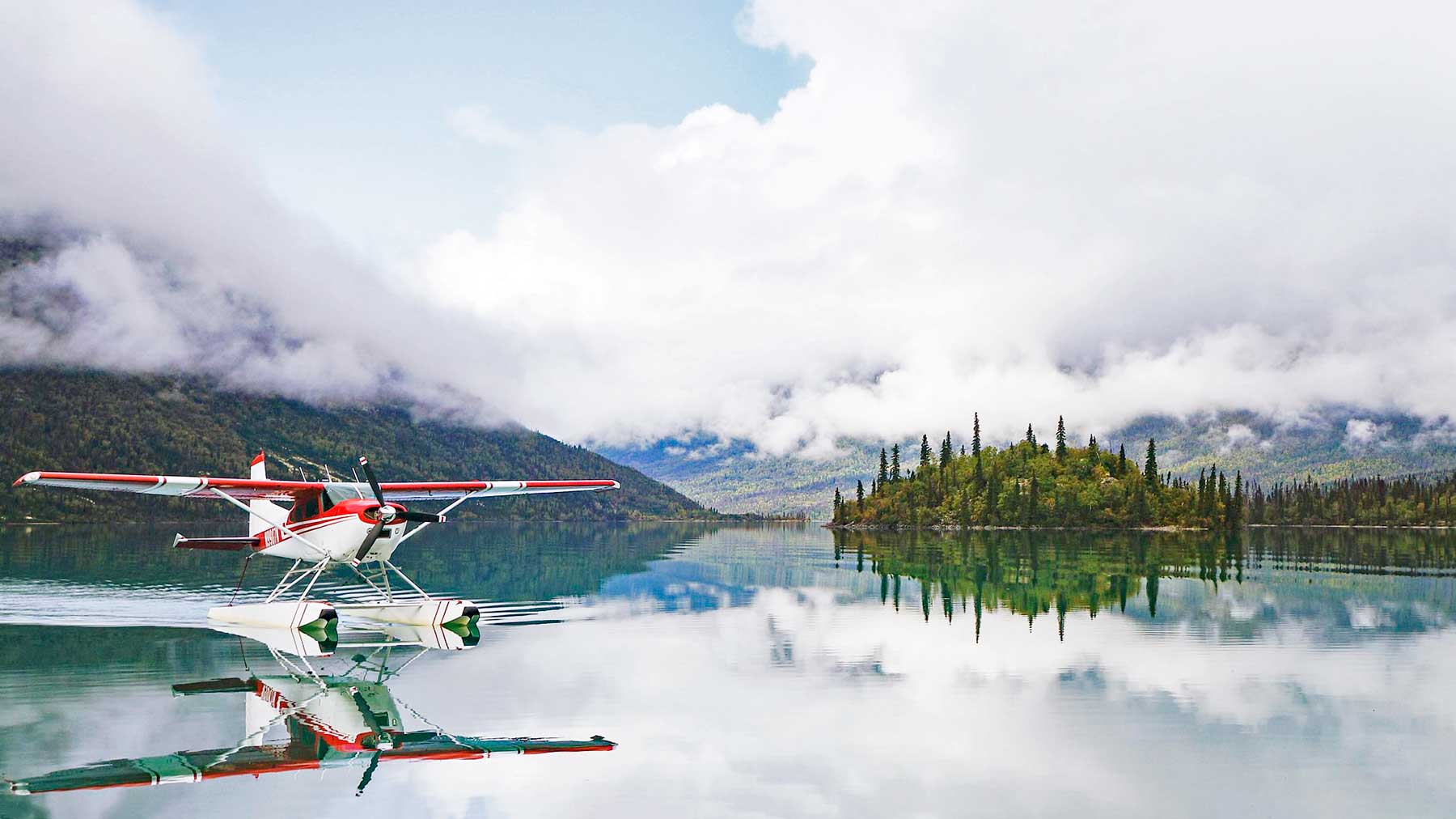
CHECK OUT: 8 AMAZING Alaska National Parks – Helpful Guide For Visiting
Lake Clark National Park Facts
Top 5 Lake Clark National Park Facts
1. The Earliest Peoples Were The Athabascan
This is a park filled with surprises. One of the more surprising Lake Clark National Park Facts involves its earliest inhabitants.
The Athabascan people known as Dena’ina have lived in the Lake Clark region for thousands of years. The land and water supports, shapes and sustains their culture.
In doing my research, I learned that the Athabascan people are a Native American group who traditionally lived in the subarctic regions of what is now Canada and the United States.
They are known for their rich cultural traditions, including storytelling, music, and art.
There are several different Athabascan tribes, including the Dene, the Gwich’in, and the Tlingit.
The Athabascan language is also known for its complexity. It’s considered one of the most difficult languages for non-native speakers to learn.

Lives Connected To The Land
According to the National Park Service, for many generations the Dena’ina people have passed down the values and techniques necessary to sustain their culture and way of life.
To this day, Dena’ina people continue to lead lives which are tied inextricably to the land.
The traditional knowledge passed down by generations of elders comes from a communal understanding of this ecosystem, a commitment to core values and beliefs, and a constant ability to creatively solve problems using only what is available in such a remote place.
These people understand the importance of being good stewards of their environment, which is an important lesson for all of us.
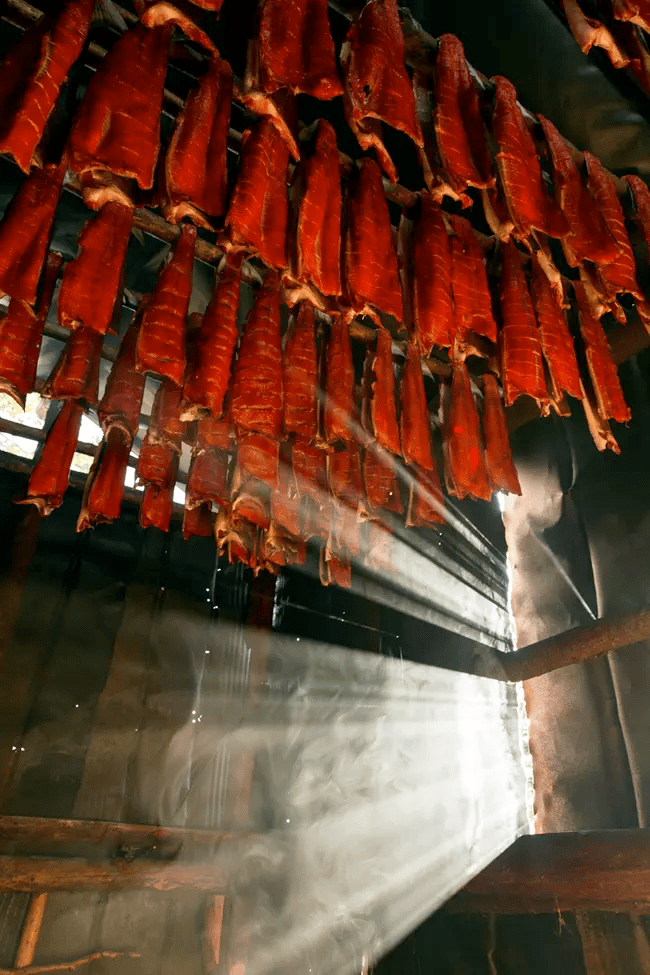
CHECK OUT: 11 AMAZING Facts About Acadia National Park
2. A Smithsonian Biologist Was The First Euro-American To See Lake Clark
One of the more interesting Lake Clark National Park Facts has to do with the story of a biologist who played an important role in the park’s story.
Charles Leslie McKay was the first biologist to work in the Bristol Bay region.
Spencer F. Baird, assistant secretary of the Smithsonian Institution, was eager to find someone who could serve as an “observer” in the Bristol Bay area.
According to the National Park Service, the duties assigned to the observer at Nushagak were stated in a letter of March 22, 1884, by Baird to James W. Johnson, who was the second observer at that post.
“Your primary duty at the station will be to make twice-daily observations in regard to the thermometer, barometer, rain gauge and next to that, to make collections of specimens of natural history and ethnology for the National Museum.”
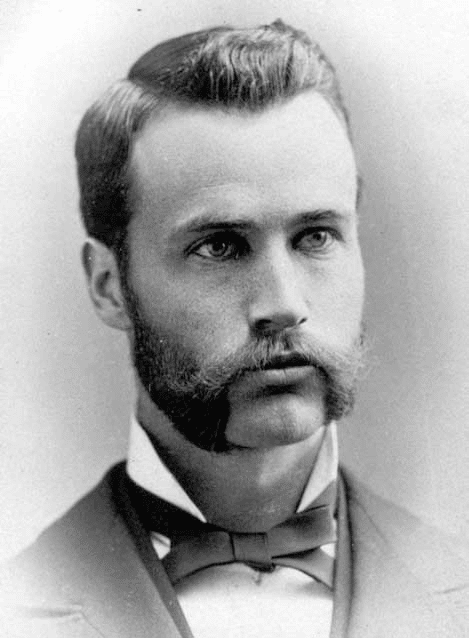
McKay Established An Impressive Collection Of Natural History Specimens & Left Behind A Scientific Legacy
McKay traveled widely in the Bristol Bay drainage collecting artifacts and specimens with Native guides and paddlers. He was able to establish a level of trust and mutual respect with Bristol Bay Natives, which enabled him to do an incredible job of collecting natural history specimens.
Some of the locations he visited were Lake Aleknagik, Igushik, Ugashik, Kvichak Bay, Iliamna Lake, Lake Clark, and the Chulitna Portage, including the Swan, Koktuli, Mulchatna, and Nushagak Rivers.
Unfortunately, tragedy struck in April of 1883.
Charles McKay disappeared when out on a collecting trip in a kayak. His body was never recovered.
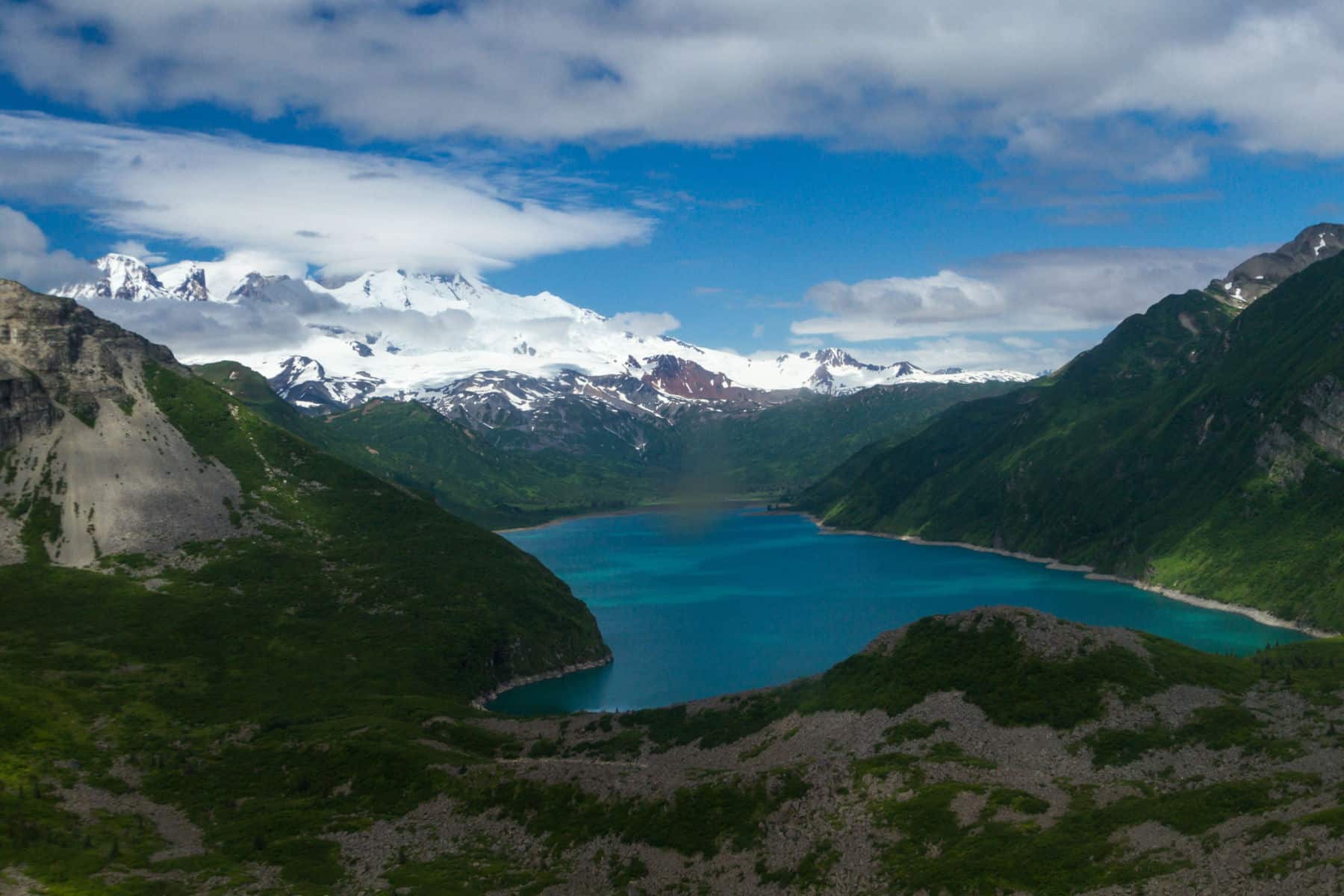
McKay’s legacy
As tragic as McKay’s death was, his legacy of work in the Bristol Bay region as the first resident scientist was considerable. Captain J.N. Mills of the U.S. Signal Service sums up the value of McKay’s contributions:
“the . . . service has lost a faithful, intelligent and efficient member and that his service in connection with meteorological work of this office in Alaska has been highly appreciated . . . I am informed by Professor Baird that he had rendered extremely important service to the Smithsonian Institution and National Museum.”
McKay is considered to be the first documented Euro-American to see Lake Clark. (Source: NPS)

CHECK OUT: 11+ AMAZING Facts About Arches National Park
3. A Pioneering Female Archaeologist Advanced Our Understanding Of The Lake Clark Region
In doing the research and writing of these articles for More Than Just Parks, I never fail to be impressed by the amazing men and women whose efforts have contributed so much to our knowledge and understanding of places such as Lake Clark National Park.
One of my favorite Lake Clark National Park Facts involves the story of a pioneering female archaeologist by the name of Frederica de Laguna.

According to the National Park Service, Dr. Frederica “Freddy” de Laguna was an influential archeologist and anthropologist who worked extensively throughout Alaska.
Her trailblazing career spanned more than three decades.
De Laguna was particularly interested in, and wrote extensively about, the Yakutat Tlingit culture of Southeastern Alaska.
Her most important contributions to anthropology were the archaeological, ethnographic, and ethno-historic information gathered through her study of these peoples, which still remain the most widely cited works on the subject.
Dr. de Laguna’s research not only helped lay the groundwork for modern archeology in Alaska, it helped to open the male dominated field of archeology to women in the early 20th century.
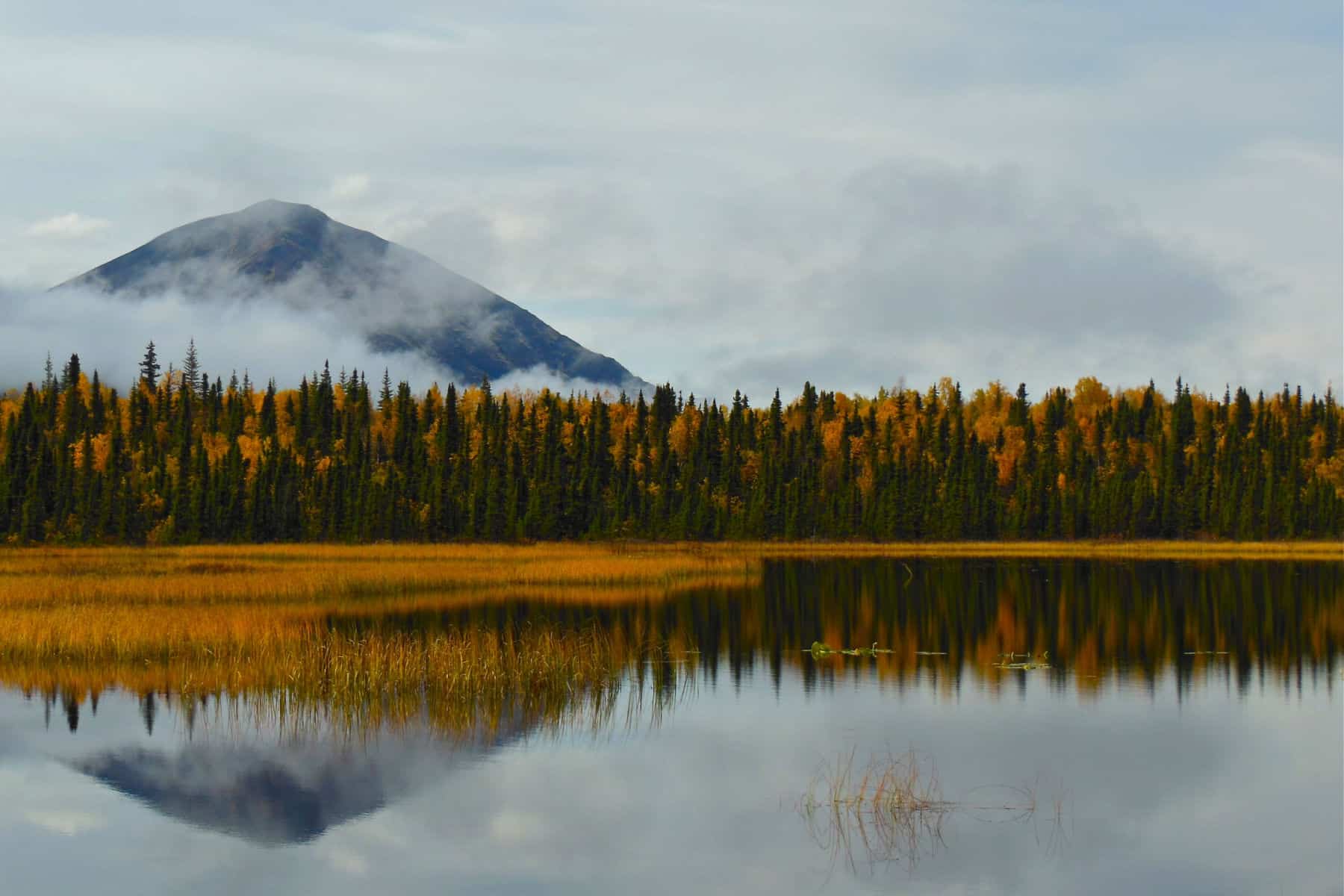
CHECK OUT: 10 AMAZING Facts About Badlands National Park
She Led Five Expeditions To Cook Inlet & Prince William Sound
Frederica de Laguna earned her Ph.D. in anthropology at Columbia University in 1933, with field work focused on Europe and Greenland.
Her experience in Greenland studying arctic cultures led to a position as a research assistant on an expedition in Prince William Sound.
Before the expedition could start, the leader fell ill, throwing the trip into question. As a female research assistant in the 1930s Dr. de Laguna wasn’t able to use the funds secured by her male expedition leader to carry on with the project.
However she secured her own funding for the expedition through the University of Pennsylvania Museum which hired her to catalog items in their collection in return for funding two excavations in Cook Inlet.
Over the course of two and a half decades, Dr. de Laguna would go on to lead five expeditions to Cook Inlet and Prince William Sound.
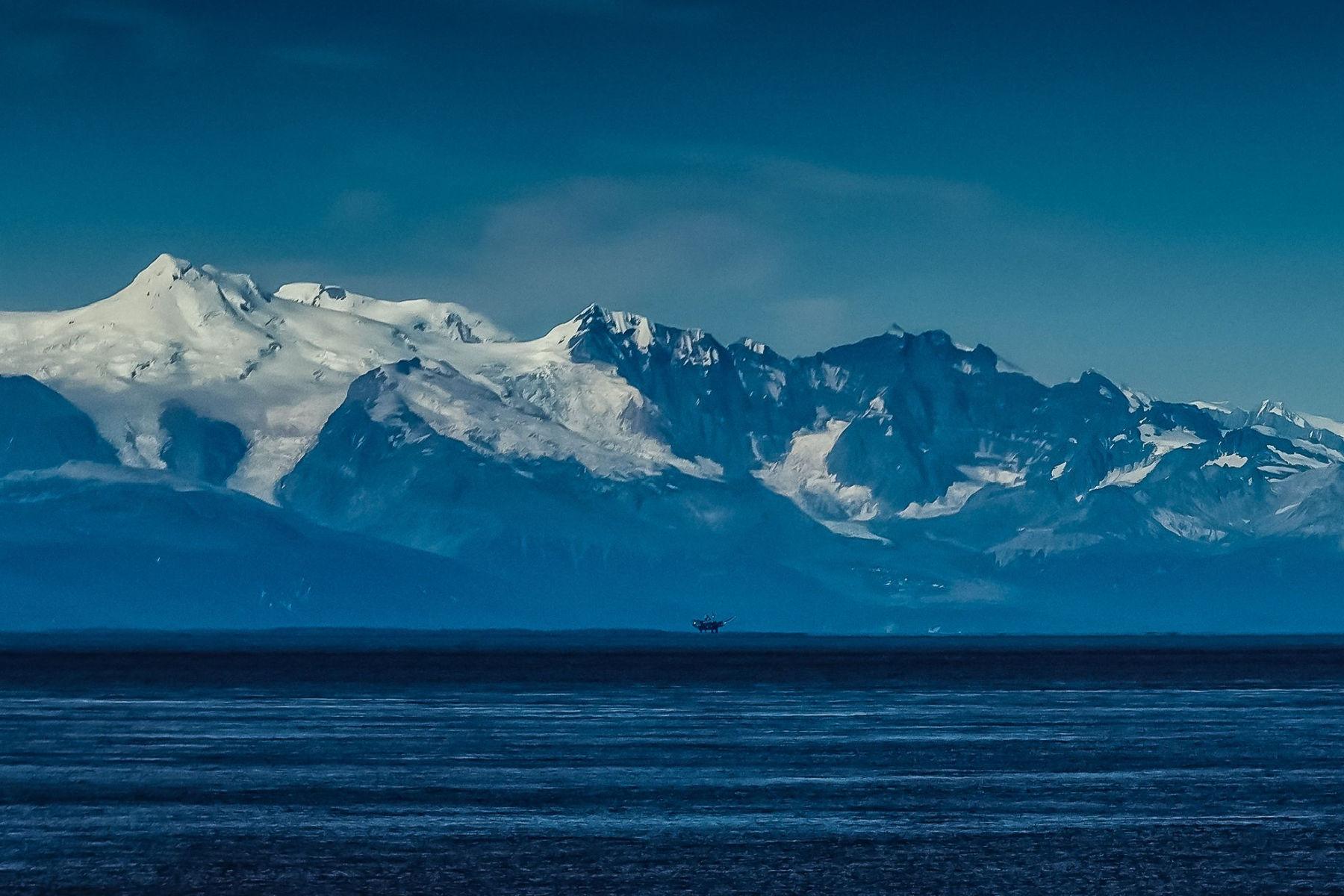
Some Of The First Archaeological Studies Of The Cook Inlet
Dr. de Laguna’s survey’s of Tuxedni and Chinitna Bays, in what is now Lake Clark National Park, during the 1930s and 1940s, were some of the first archeological studies of the Cook Inlet.
In Tuxedni Bay in 1933 Dr. de Laguna discovered one of the only two pictograph sites in Lake Clark.
It wasn’t until 1975 that she was able to interpret the iconography of the pictograph and made suggestions toward the date it was created.
Her findings from the pictograph site and others along Cook Inlet suggested a chronological timeline of cultures that lived on the coast.
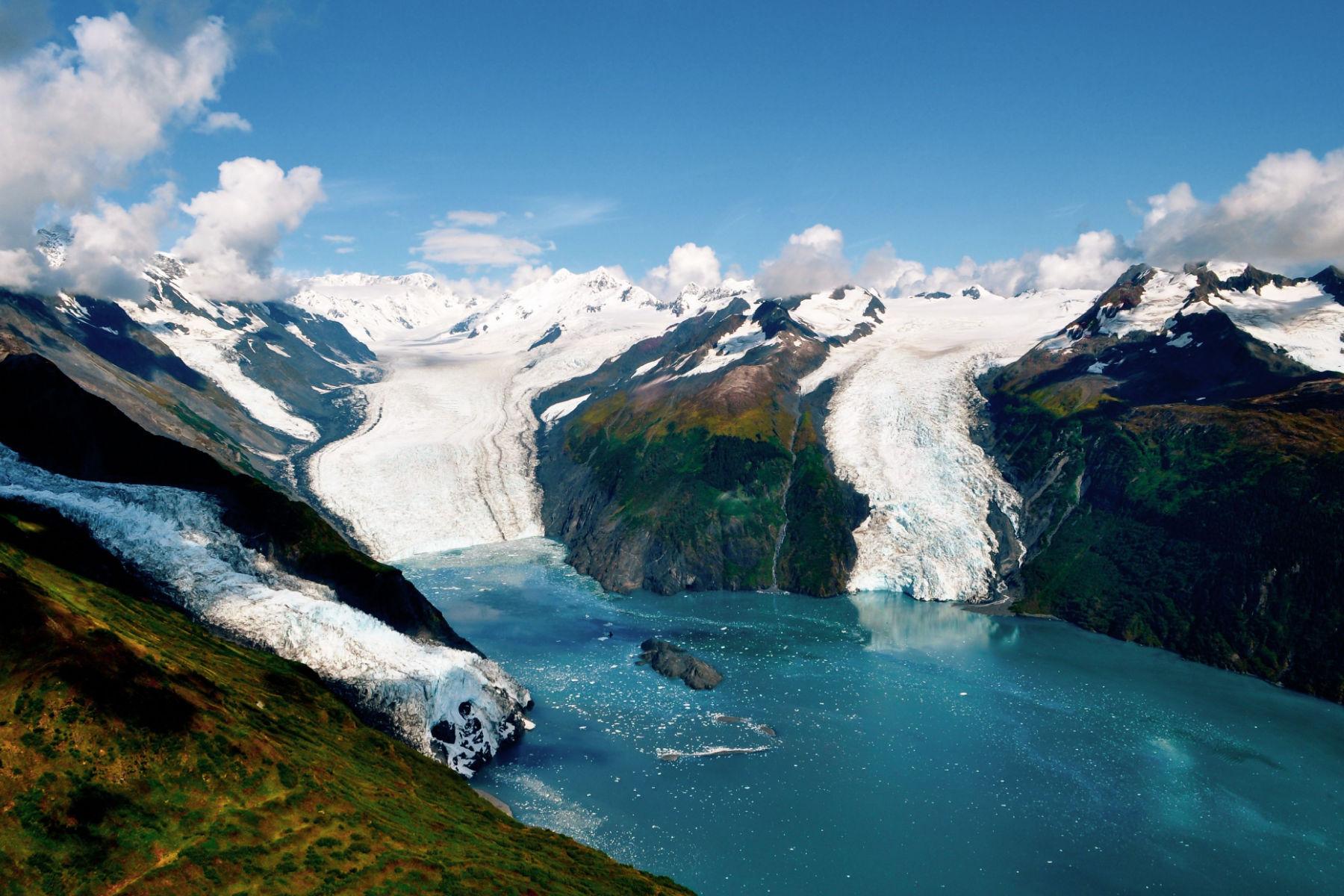
An Extraordinary Career
Frederica de Laguna was a pioneering archeologist, scholar, educator, and writer.
She was born in a time when women were not typically scientists and had to work hard to be recognized. Despite this, she had a remarkable career, earning her undergraduate degree at Bryn Mawr College where in 1938 she taught the first archeology course.
In 1942, she took a leave of absence from Bryn Mawr to serve in the naval reserve as a lieutenant commander of Women Accepted for Voluntary Service.
She taught naval history and codes and ciphers to women midshipmen until the end of WWII in 1945.
After the war, she returned to her archeological work and served as the Vice President of the Society of American Archeology from 1949-1950.
Her extensive work led her to be one of the first women elected to the National Academy of the Sciences in 1986.
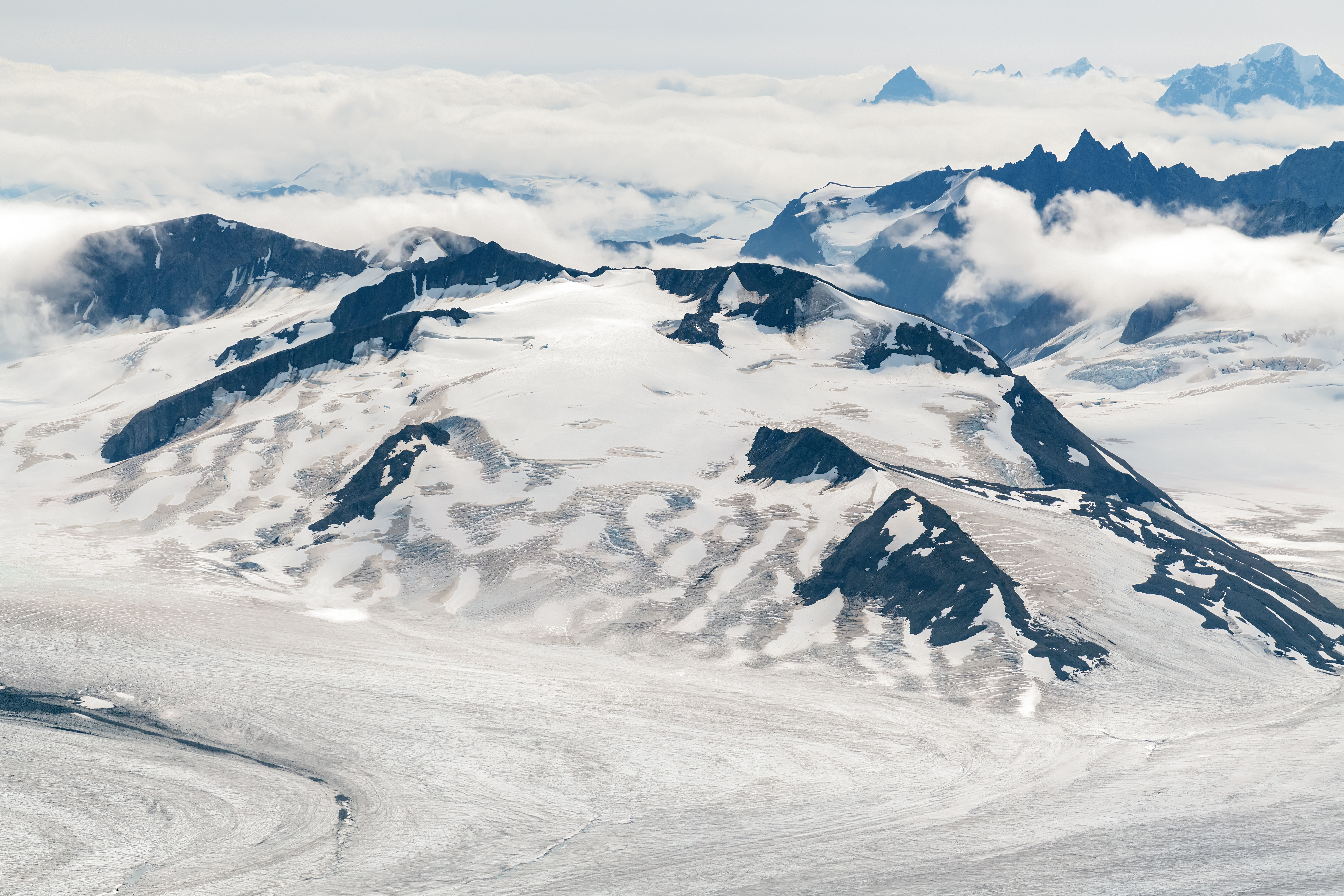
Take a Deeper Dive
In addition to being a gifted scientist, Frederica de Laguna was also a gifted author.
If you’re interested in learning more then I recommend the following books by Frederica de Laguna:
- The Story of a Tlingit Community: A Problem in the Relationship Between Archeological, Ethnological, and Historical Methods
- Voyage to Greenland: A personal initiation into anthropology
- Travels Among the Dena: Exploring Alaska’s Yukon Valley
- Fog on the Mountain
- Archeology of the Yakutat Bay Area
CHECK OUT: A Brief (& Informative) History Of America’s National Park Rangers
4. The Highest Point In The Park Is An Active Volcano
Now if you’re looking for a particularly unusual fact then check out our next Lake Clark National Park Fact.
The highest point in the park, Mount Redoubt, is an active volcano. You don’t see that every day!
Redoubt Volcano rises to a dramatic 10,197 feet from nearby sea level.
Redoubt began forming 880,000 years ago. Igneous rock throughout the park and preserve indicate volcanic activity has been present in the area for 180 million years.
Over time the rock layers near today’s volcanoes were uplifted and exposed creating the Chigmit and Neacola Mountains.
Redoubt is a stratovolcano. This type of volcano has relatively steep sides and are more cone-shaped than shield volcanoes. They are formed from viscous, sticky lava that does not flow easily.
The lava therefore builds up around the vent forming a volcano with steep sides.

KLM Flight 867
There is a harrowing tale associated with Mount Redoubt. On 15 December 1989, KLM Flight 867, en route from Amsterdam to Narita International Airport Tokyo, was forced to make an emergency landing at Anchorage International Airport, Alaska, when all four engines failed.
The Boeing 747-400, a brand new plane, less than six months old at the time, flew through a thick cloud of volcanic ash from Mount Redoubt, which had erupted the day before.
All four engines failed, leaving only critical systems on backup electrical power. One report assigned the engine shutdown to the conversion of the ash into a glass coating inside the engines that fooled the engine temperature sensors and led to an auto-shutdown of all four engines.
After descending more than 14,000 feet, the crew restarted the engines and safely landed the plane.
In this case, the ash caused more than 80 million dollars in damage to the aircraft, requiring all four engines to be replaced, but thankfully no lives were lost and no one was injured.
A shipment of 25 African birds, two genets, and 25 tortoises aboard the plane was diverted to an Anchorage warehouse, where eight birds and three tortoises died before the mislabeled shipment was discovered.

CHECK OUT: 15+ AMAZING Facts About Canyonlands National Park
5. Lake Clark Was The Setting For One Man’s Alaska
Of all the Lake Clark National Park Facts, this next one is my favorite. My wife, three sons and I were inspired by a film which we saw on Public Television over twenty years ago. Little did I realize at the time that I would have the opportunity to write about the extraordinary man who captured our imaginations with his Alaskan Odyssey.
The film is a documentary profile of conservationist and wildlife photographer, Dick Proenneke, at his home in the Lake Clark area of Alaska. It features close-up scenes of native wildlife, dramatic panoramas of the change of seasons and clips of Proenneke carving his log cabin out of the wilderness.
According to the National Park Service, Proenneke arrived at the Carrither’s on Upper Twin Lake in 1967 at the age of 51 determined to scout out the best construction site for his own cabin. The ideal location was 200 yards west of the Carrither’s guest cabin.
Another friend from Kodiak, Herb Wright, had applied for a Small Track Lease on the site in 1960; however, in a sad turn of events, Wright became terminally ill. He encouraged Proenneke to use the site instead.

He Would Spend The Next 30 Years Living There
In 1968, Dick Proenneke began construction on what would become his cabin and wilderness home in an isolated area.
He was a master craftsman who dedicated himself to living simply on the land, using local materials, simple tools, and human ingenuity to craft a home and life in keeping with the wilderness.
Proenneke chose to live without electricity, running water, telephone, or other modern necessities, making him the original “Survivor Man” long before Bear Grylls and others came along to show how it could be done.
Despite his remote location and fierce independence, Proenneke was not a hermit and maintained friendships and corresponded with anyone who sent him a letter.
He saw his correspondence, films, and journals as a way to share a life untethered to the commercial world and his observations have inspired several books and videos.

“To live in a pristine land unchanged by man…
-sam keith, alone in the wilderness, the story of dick Proenneke
to roam a wilderness through which few other humans have passed…
to choose an idyllic site, cut trees and build a log cabin…
to be a self-sufficient craftsman, making what is needed from materials available…to be not at odds with the world, but content with one’s own thoughts and company…
Thousands have had such dreams, but Dick Proenneke lived them. He found a place, built a cabin, and stayed to become part of the country. This video “Alone in the Wilderness” is a simple account of the day-to-day explorations and activities he carried out alone, and the constant chain of nature’s events that kept him company.”
Take A Deeper Dive Into Proenneke’s Inspiring Story
The inspiring film of Richard Proenneke’s life in Lake Clark can be accessed online through the National Archives at this site.
I also recommend: One Man’s Wilderness, 50th Anniversary Edition: An Alaskan Odyssey by Richard Proenneke & Sam Keith.
Winner of the National Outdoor Book Award, it’s a wonderful story of the day-to-day explorations and activities he carried out alone, and the constant chain of nature’s events that kept him company.
From Proenneke’s journals, and with firsthand knowledge of his subject and the setting, this incredible book is a tribute to a man who carved his masterpiece out of the great outdoors.
CHECK OUT: 45 BEST National Parks Books
Top 10 Lake Clark National Park Facts
6. There’s A Diverse Array Of Wildlife At Lake Clark National Park
Another of the Lake Clark National Park Facts which may surprise you involves the park’s diverse array of wildlife.
Thirty-seven species of terrestrial mammals are believed to be present in the Lake Clark region and five different marine mammal species use haul-out sites or feeding areas along the coast.
Included among the animals you may see are: brown bears, black bears, caribou, Dall sheep, moose and wolves.
Lake Clark National Park and Preserve offers world class bear viewing opportunities on the coast where brown bears congregate in high numbers to feed.
Places where you can view the bears include:
- Chinitna Bay which offers world class bear viewing. Visitors may be able to see as many as twenty coastal brown bears from a single location.
- Crescent Lake which is also a sport fisherman’s dream. During the salmon run, brown and black bears also frequent the shorelines in search of the plentiful fish.
- Silver Salmon Creek which also offers outstanding sport fishing in addition to world class brown bear viewing.

CHECK OUT: All 63 US NATIONAL PARKS RANKED BY EXPERTS
7. 180 Species Of Migratory Birds Have Been Observed At Lake Clark
Lake Clark is a popular destination for bird watching, with a diverse range of species observed in the park and preserve.
Over 180 species of birds have been recorded, including migratory birds that arrive from wintering grounds around the world and resident birds that brave Alaska’s long winters, such as the gray jay and boreal chickadee.
According to the National Park Service, waterfowl nest and molt in wetlands throughout the area. Large migratory flocks of ducks, swans, and geese rest and feed in the park and preserve before flying through low mountain passes in the Chulitna River drainage.
Sea ducks, primarily white-winged and surf scoters, are the most abundant waterfowl on the coast, numbering over 18,000 in mid-August. The coast also provides important breeding habitat for mallards, American wigeon, Barrow’s golden-eye, and red-throated loons.
Migrating dabbling ducks number 3,000-4,000 in spring and fall, and diving ducks, primarily greater and lesser scaup, stage along the coast in spring.
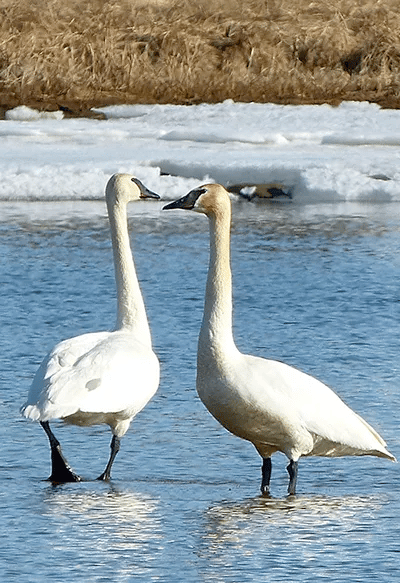
8. The Park Was Created By Jimmy Carter As Part Of The Largest Single Act Of Conservation In U.S. History
Another of my favorite Lake Clark National Park Facts has to do with how it was preserved and protected.
It’s also a story of the extraordinary man responsible for this act of protection who also happened to be America’s 39th President of the United States – Jimmy Carter.

RELATED: Jimmy Carter Was The GREATEST Conservation President
The Alaska Lands Act
During the presidency of Jimmy Carter, America’s most trusted newsman was legendary CBS News Anchor, Walter Cronkite.
After the historic passage of one of Jimmy Carter’s most important environmental actions, called the Alaska Lands National Interest Conservation Act (ANILCA), Cronkite had this to say:
“President Carter today more than doubled the size of the National Park System by invoking his executive authority to protect 56 millions acres of Alaskan Wilderness. Environmental groups said Carter has now replaced Teddy Roosevelt as the greatest conservation president of all time.”

The Alaska National Interest Lands Conservation Act (ANILCA) designated more than 100 million acres of federal land in Alaska as new or expanded conservation system units.
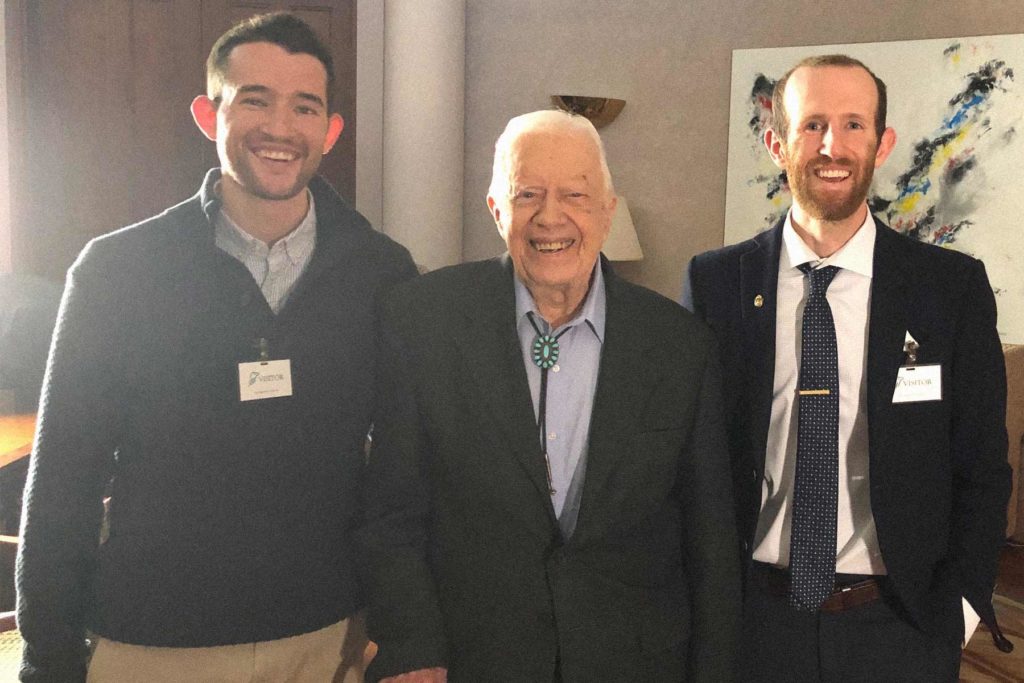
Future generations of conservation leaders must remember that we are stewards of a precious gift, which is not an unpleasant duty, but rather an exciting challenge.
-president jimmy carter
We must safeguard our land so that our children and grandchildren can enjoy freshwater, clean air, scenic mountains and coasts, fertile agricultural lands, and healthy, safe places to live and thrive.
CHECK OUT: 13 Reasons Why Jimmy Carter Is America’s Greenest President
9. Port Allsworth Is A Great Place To Experience The Wilderness
If you’re looking for some tips as to where to go and what to do at Lake Clark then this next Lake Clark National Park Fact is definitely for you.
Port Alsworth is home to Lake Clark National Park and Preserve’s Field Headquarters and Visitor Center.
From there, you can experience some of the incredible wilderness and scenery that the park is known for.
Be forewarned, however, that Port Alsworth is not connected to a road system and there are no grocery stores.
Most people who travel there arrive in a small plane operating on wheels that lands on one of the two airstrips.

10. The First Floatplane Landed In Lake Clark In 1930
Now here’s another surprising Lake Clark National Park Fact. Only three years after Charles Lindbergh made his historic Atlantic Crossing in 1927, the first floatplane landed on Lake Clark.
According to the National Park Service, the first aircraft to land on Lake Clark was a Waco 10 Biplane on floats in 1930.
The historic flight ushered in a new era, and made life in Lake Clark more connected to the outside world.
Soon Tanalian Point resident Floyd Denison had radio contact with Star Airlines in Anchorage, which later became Alaska Air.
Just twelve years later, in 1942, Leon “Babe” Alsworth Sr. established the first air taxi service on Lake Clark, based at the new settlement of Port Alsworth.

Why Trust Us About Lake Clark National Park?
We’re Jim Pattiz and Will Pattiz, collectively known as the Pattiz Brothers (and sometimes the Parks Brothers) and we absolutely LOVE the national parks.
You should probably know that we don’t just make this stuff up out of thin air. We’ve spent our entire adult lives exploring and filming America’s national parks and public lands.
We’ve worked with the National Park Service, the Department of Interior, USDA, and the U.S. Forest Service for years creating films on important places and issues. Our work has been featured in leading publications all over the world and even some people outside of our immediate family call us experts on the national parks.

Meet The Parks Brothers
Map Of Lake Clark National Park & Preserve
List Of Lake Clark National Park Facts
- The Earliest Peoples Were The Athabascan
- A Smithsonian Biologist Was The First Euro-American To See Lake Clark
- A Pioneering Female Archaeologist Advanced Our Understanding Of The Lake Clark Region
- The Highest Point In The Park Is An Active Volcano
- Lake Clark Was The Setting For One Man’s Alaska
- There’s A Diverse Array Of Wildlife At Lake Clark National Park
- 180 Species Of Migratory Birds Have Been Observed At Lake Clark
- The Park Was Created By Jimmy Carter As Part Of The Largest Single Act Of Conservation In U.S. History
- Port Allsworth Is A Great Place To Experience The Wilderness
- The First Floatplane Landed In Lake Clark In 1930
We Hope You’ll Follow Our Journey
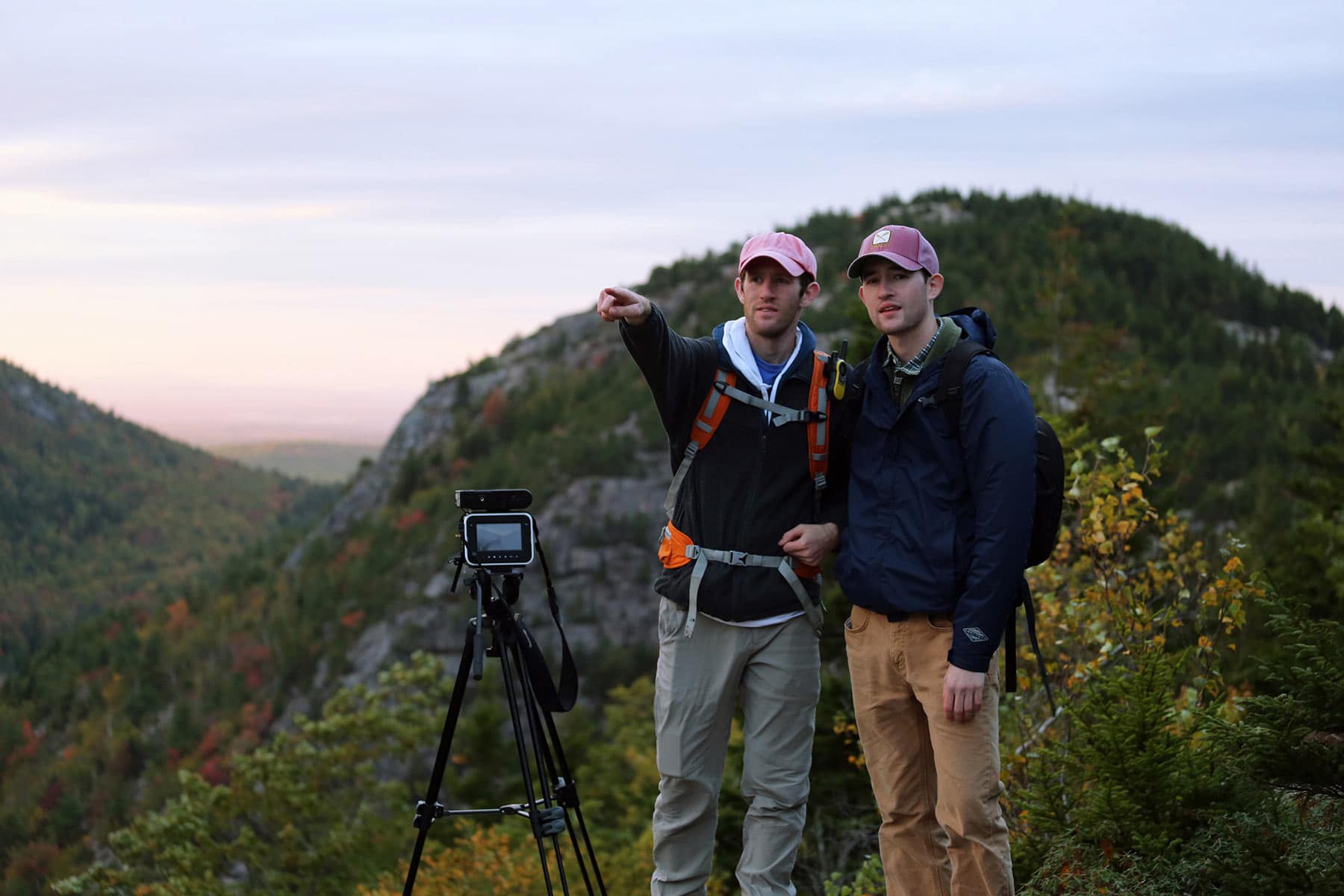
Our goal here at More Than Just Parks is to share the beauty of America’s national parks and public lands through stunning short films in an effort to get Americans and the world to see the true value in land conservation.
We hope you’ll follow our journey through the parks and help us to keep them the incredible places that they are. If you’re interested in joining the adventure then please sign up below!
Related Links
Alaska National Parks: 8 Amazing Alaska National Parks (Tips for Visiting)
Glacier Bay National Park Facts: 11 Amazing Glacier Bay National Park Facts
Denali National Park Facts: 10 Fascinating Facts About Denali National Park
National Parks Ranked: All 63 Best US National Parks Ranked from Best to Worst
List Of National Parks: Official List of US National Parks (Alphabetical & by State)
National Parks Map: Printable Maps of the National Parks
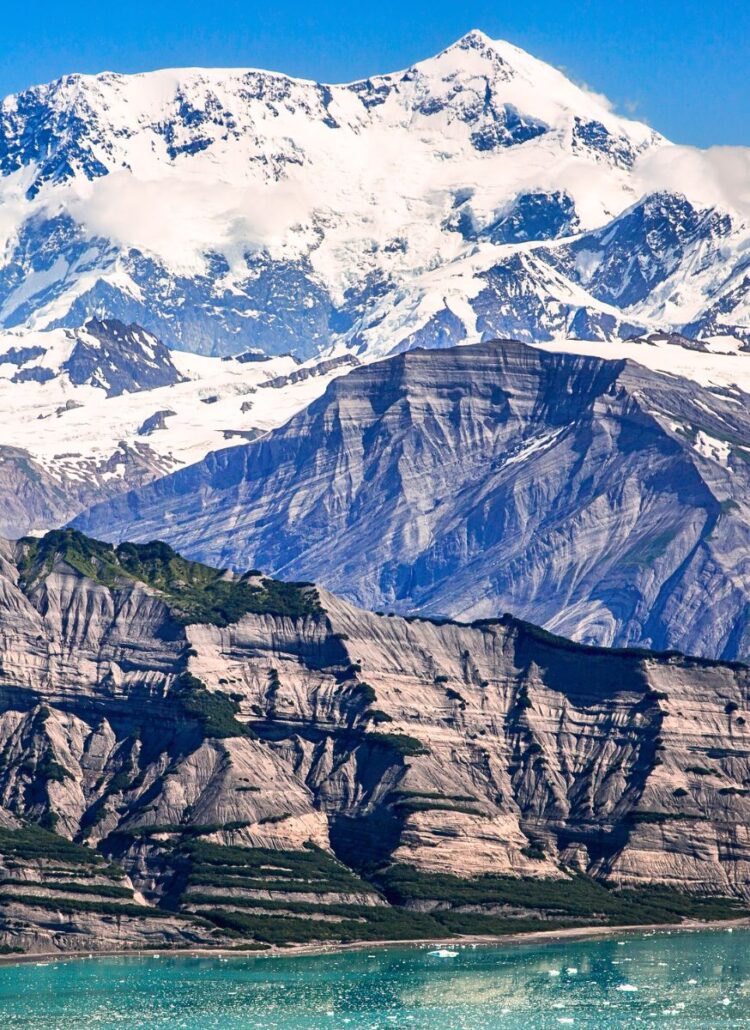
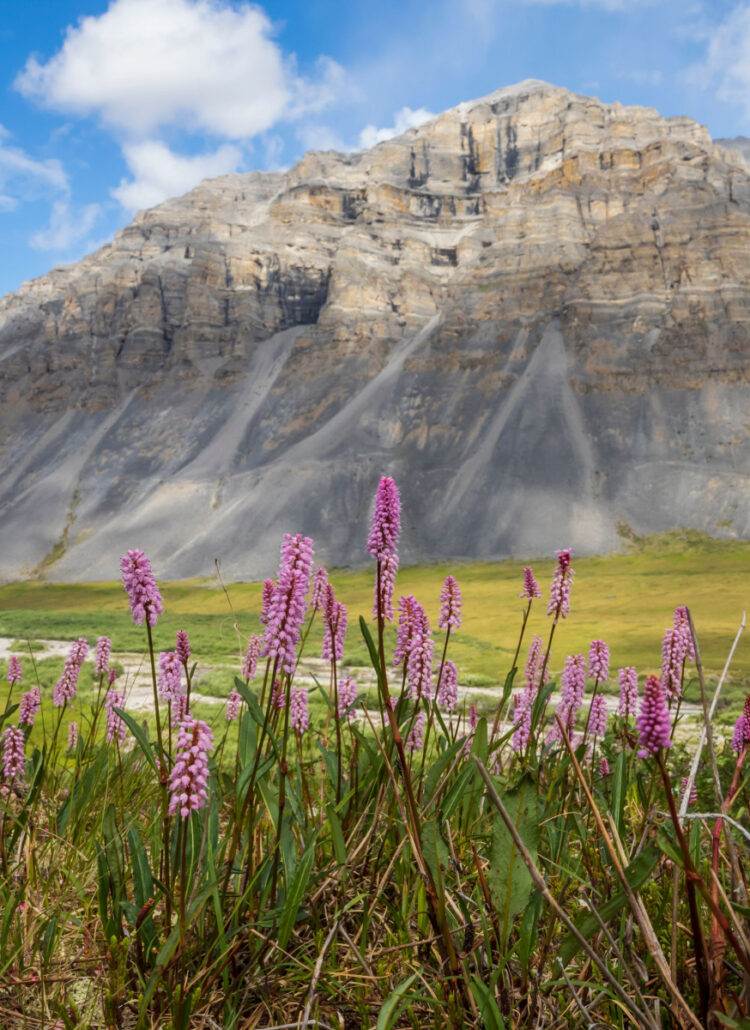
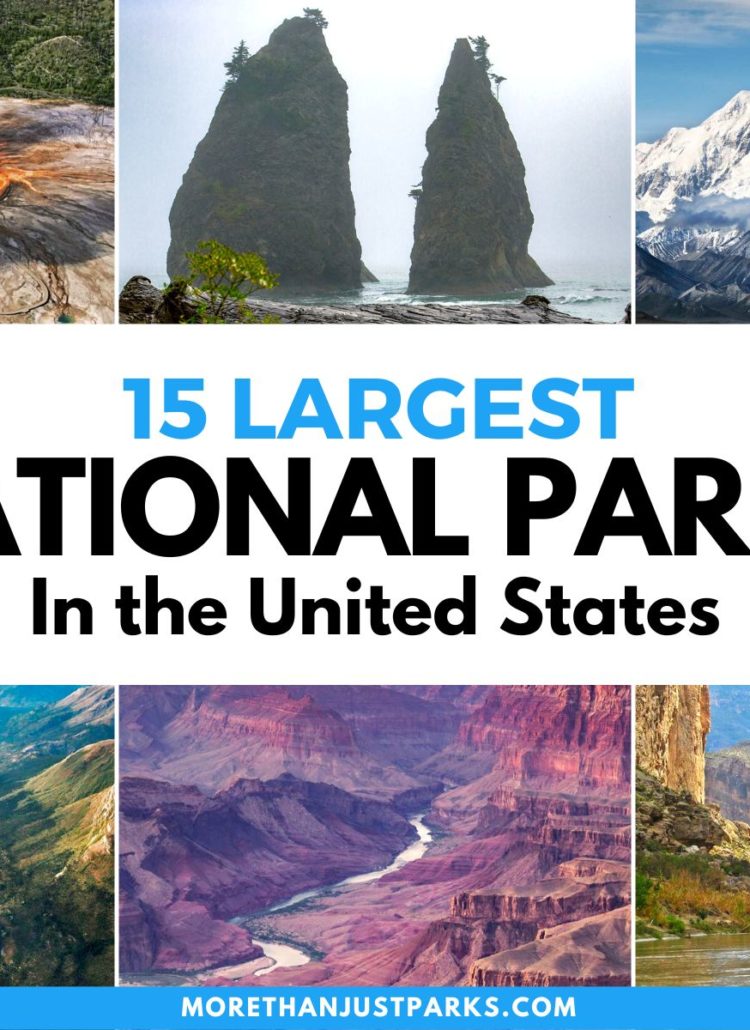


Leave a Reply